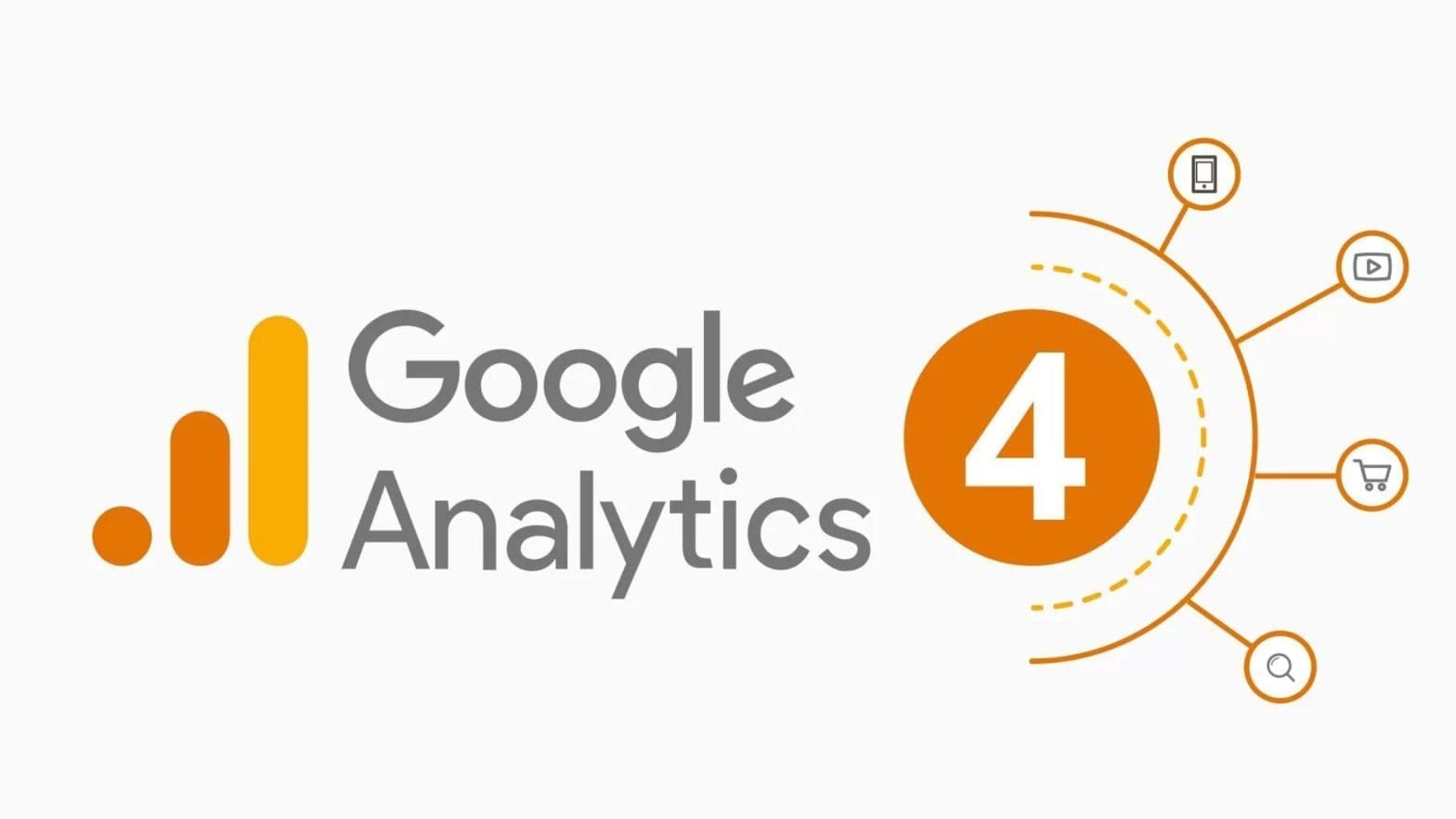
If you want to make accurate and informed decisions in the world of digital marketing, you need to understand the ins and outs of website traffic. Google Analytics 4 (GA4) offers invaluable insights into user behaviour, source attribution, and campaign performance, which is why it’s commonly used by businesses around the world. However, for many website owners, there is a shared mystery – why is my direct traffic in GA4 so high?
What is Direct Traffic in GA4?
As a business, you need to track the performance of your website, and Google Analytics 4 (GA4) is a powerful tool for doing so. It’s a way for you to understand user behaviour and how well your website is performing, enabling you to make optimisation changes as and when they are necessary. One of the things that GA4 tracks is direct traffic. Direct traffic describes website traffic that doesn’t have a clear source, and where the source of the visit cannot be attributed to a known referral, such as a search engine or digital marketing campaign. Direct traffic represents people who have directly entered the URL into their browser or used a bookmark to access your website.
Though direct traffic in GA4 isn’t technically bad, it could indicate a problem or challenge that your website is facing. For example, it doesn’t provide clear information about where your website visitors are coming from, which makes it difficult to measure the effectiveness of your digital marketing efforts. It also makes it harder to identify which marketing channels are working well, and which need improving. When you can’t attribute conversions or user behaviour to a specific marketing effort, it becomes increasingly more difficult to calculate the return on investment (ROI). Simply, direct traffic is often inaccurately categorised, making it difficult for you to get a complete overview of your online presence.
What Causes High Direct Traffic in GA4?
At first, a high volume of direct traffic in GA4 can be confusing, but it’s an issue that a lot of website owners and businesses have to face. There are several reasons for high levels of direct traffic in GA4 and solving the problem means determining the specific cause.
- Bookmark Usage – Many users access websites through bookmarks saved in their browsers, as it’s a quick and convenient way of accessing a website that you regularly use. If your website is commonly bookmarked, it can result in a higher proportion of direct traffic.
- Manual URL Entry – Though it’s not always the case, some users do manually type a website’s URL into the address bar of their browser, which will be categorised as direct traffic in GA4. This often happens with well-known or frequently visited websites.
- Email Marketing – If you have an active email marketing campaign, you might find that your direct traffic increases. This is because links in emails, especially in email newsletters, are often classified as direct traffic in GA4. This occurs because GA4 doesn’t always track referral sources from email campaigns correctly.
- Dark Social – Sometimes, website traffic originating from social media, messaging apps such as WhatsApp, or other private channels is categorised as direct traffic. These sources are difficult to track accurately, and so they are often considered to be direct traffic.
- Missing or Broken GA Links – If one of your website’s GA4 links is broken, there is a high chance that it will be incorrectly categorised as direct traffic. This will increase your direct traffic levels, giving an inaccurate view of how much direct traffic your website has actually had.
- Offline Documents – Occasionally, people might visit your website by clicking on a link in a Word document, PDF or PowerPoint presentation. This type of traffic is classed as not having a source, and so it will be categorised as direct traffic in GA4.
How to Reduce Direct Traffic in GA4?
Though it’s challenging to completely eliminate all direct traffic, there are things that you can do to reduce it. This will give you a more accurate picture of where your traffic is coming from and how your website is performing online.
- Improve UTM Tagging – You need to ensure that your UTM tagging – a method of adding unique parameters to URLs to track and analyse the source – is correctly formatted and consistently used in marketing campaigns. This will help GA4 attribute traffic to the appropriate sources.
- Review Referral Exclusions – In GA4, referral exclusions can be set up to prevent certain domains from being tracked as referrals. But, these exclusions can sometimes lead to direct traffic being overreported. Evaluate the domains that you’ve excluded and make sure that you haven’t unintentionally blocked important referral sources.
- Dark Social Tracking – A lot of website traffic is likely to come from dark social sources, such as social media and messaging apps. By implementing social sharing and tracking tools, you can capture data from dark social sources more accurately.
- Regularly Audit Your Data – Even if you have set everything up perfectly, things can change very quickly online. This is why it’s important to regularly review your GA4 data to identify and fix any discrepancies in traffic attribution. By keeping on top of your traffic sources, you will be the first to know if some traffic is being incorrectly categorised.
There is no denying that website traffic can be complex and confusing. Even with Google Analytics set up and working well, you might not have the time to stay on top of everything. This is where we come in. At Profici, we offer a wide range of digital marketing services, and this includes all aspects of website design, development and maintenance. It’s safe to say that GA4 and tracking website traffic fall within our capabilities. Get in touch to find out more.

No Blogs